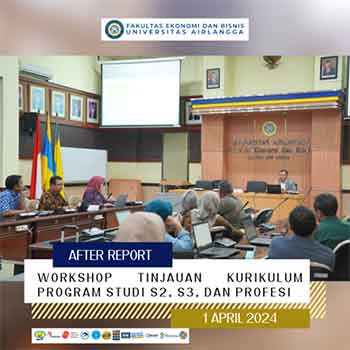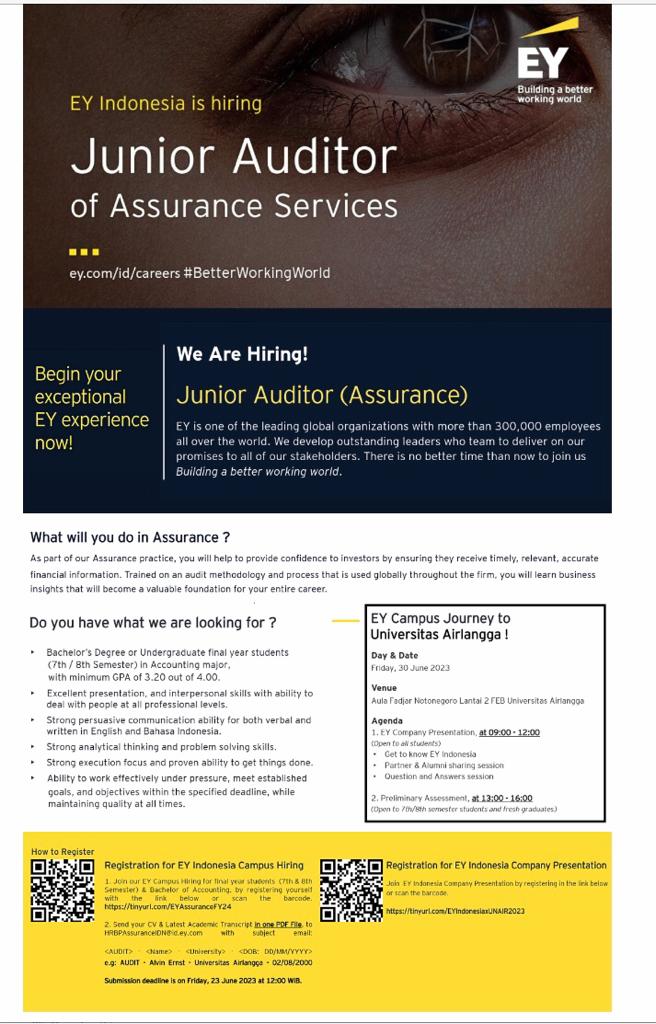THE RELATIONSHIP OF RISK PERCEPTION, RISK ATTITUDE AND RISK INTENDED BEHAVIOR IN CIGARETTE CONSUMPTION FOR ACTIVE SMOKERS IN SURABAYA AND THE DIFFERENCE BASED ON LEVEL OF EDUCATION.
Amount: THE RELATIONSHIP OF RISK PERCEPTION, RISK ATTITUDE AND RISK INTENDED BEHAVIOR IN CIGARETTE CONSUMPTION FOR ACTIVE SMOKERS IN SURABAYA AND THE DIFFERENCE BASED ON LEVEL OF EDUCATION.
Authors: GANCAR CANDRA PEMANANTO
Item Type: Thesis
Memberships: Master of Management Study Program, Faculty of Economics and Business Universitas Airlangga Surabaya, Indonesia
Publisher: Airlangga University
Abstract
World No Tobacco Day (WNTD) is observed every year on 31 May in all parts of the world, including in Indonesia. The campaign is aimed at encouraging smokers' awareness about the negative impact of smoking both on themselves (active smokers) and those around them (passive smokers), so that they (active smokers) are willing to voluntarily quit smoking. Various activities were carried out to commemorate the day, such as writing articles, distributing brochures, stickers and so on. The government also enforces the requirement to include warnings about the negative impact of smoking in every cigarette packaging and advertisement, as well as limiting the format and time of showing cigarette advertisements. However, according to data obtained from both the Ministry of Health and the Association of Indonesian Cigarette Manufacturers (GAPPRI), it shows an increase in the number of cigarette consumption. This is a phenomenon that is quite interesting to observe. Cigarettes are products that pose a risk, especially to health. As a risky product, its consumption behavior - based on the existing literature "is influenced by the perception of risk (risk perception) and attitude towards risk (risk attitude). The concept of risk perception is defined as a person's view of how likely he is to be exposed to risk from smoking cigarettes. This perception concerns the perception of the magnitude of the risk posed (size of damage) and the probability of the risk occurring (probability of damage). Considering the risk of cigarettes that can threaten smokers themselves (active smokers) and non-smokers (passive smokers), the indicators for this variable are divided as follows: a. Perceptions of the magnitude of the risk posed by smoking to active smokers, b. Perceptions of the magnitude of the risk posed by smoking to passive smokers, c. Perception of the possibility for active smokers to be affected by the dangers of smoking, d. Perceptions of the possibility for passive smokers to be affected by the dangers of smoking, risk attitudes or attitudes towards risk in this case are defined as a person's tendency to respond to the risks he faces when consuming cigarettes. Considering the risk of smoking involves active smokers and passive smokers, the indicators for this risk attitude variable are: a. The attitude of active smokers towards their own safety and health, b. The attitude of active smokers to the safety and health of their families and those around them smoke. Risk intended behavior or the intention to behave in dealing with/responding to risk is defined as the intention to take action by active smokers in anticipating/dealing with the risks of the cigarettes they consume. With the same consideration, namely the risks that threaten active smokers and passive smokers, the indicators to measure risk intended behavior are; a. Intention to behave in response to the risks that threaten him, b. Intention to behave in response to risks that threaten the family and people around them smoke, From the results of the test analysis, the following results are obtained: 1. The effect of risk perception on risk intended behavior on cigarette consumption is significant with a positive relationship, 2. The effect of risk altitude on risk intended behavior on cigarette consumption is not significant, 3. The effect of risk altitude on risk perception on cigarette consumption is significant with a positive relationship, 4. There is a significant difference between the highly educated group and the low educated group in risk perception. Groups with higher education have a higher perception than those with low education on the risk of smoking 5. There is no significant difference between the highly educated group and the low educated group in risk altitude.
Keywords: Risk Perception, Risk Attitude, Risk Intended Behavior
sources: http://repository.unair.ac.id/35517/


































